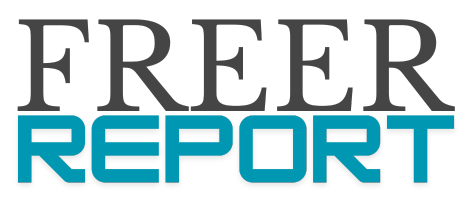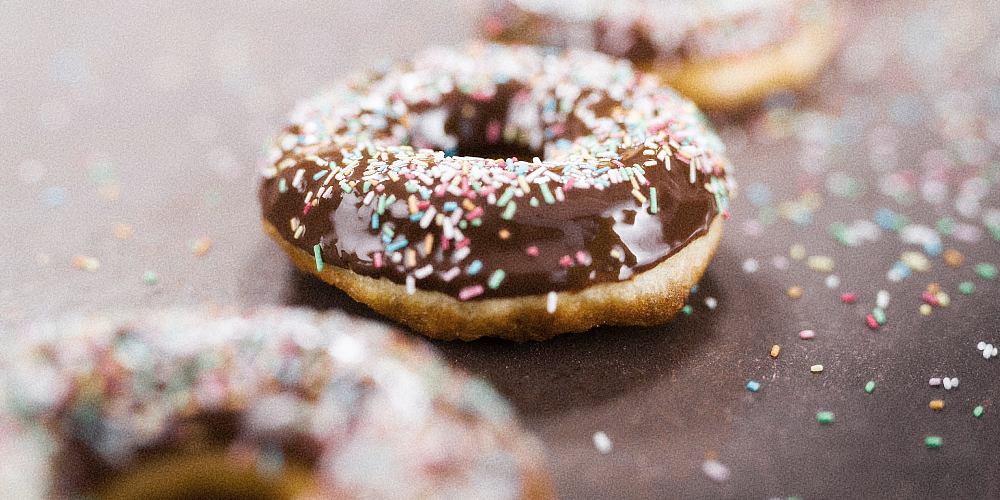(Natural News)—According to food safety and nutrition advocates, an “act of war” is being waged on young consumers in the United States as Big Food makes children addicted to unhealthy products which are often laced with ingredients banned by other countries.
During their interview at SiriusXM’s “Megyn Kelly Show,” author and blogger Vani Hari and investigative journalist and filmmaker Grace Price appealed to American food makers to produce foods with the same healthier ingredients the companies use in identical products they sell in other countries.
“We have an opportunity right now to let the American public know about unsafe ingredients in foods sold in the U.S.,” Hari said during the interview. “We are under a massive experiment. If any other country was doing this to us, it would be considered an act of war … We’ve got to do something about it.”
“Right now, American food companies are using toxic ingredients that [in other countries] are either banned or regulated differently, in the same products that they serve American citizens,” Hari added.
According to her, McDonald’s French fries contain 11 ingredients in the U.S., but only three in other countries. Skittles also uses 10 different artificial food dyes in the U.S., as well as titanium dioxide, which is “banned in Europe because it can cause DNA damage.”
Hari also noted that Kellogg’s pledge in 2015 to remove artificial food dyes from its cereal products by 2018 didn’t materialize. She lambasted the food company for lying about it and for creating new cereals that were targeting the smallest of children. She added that they even used popular toddler songs like “Baby Shark” and Disney’s “Little Mermaid” to attract younger consumers.
The nutrition advocates blamed the U.S. government for “negligent” food regulations.
“Almost every single major American food company is doing this because they’re using the lack of regulation in our U.S. food system to their advantage,” Hari further lamented, recalling that in 1958, there were only 800 food additives approved for use. Now, the U.S. has approved more than 10,000, while the European Union has only approved less than 400.
She singled out the Food and Drug Administration for not reviewing thousands of chemicals.
“They’ve been literally just slid right into the food system without anybody knowing what the risks are, what the safety data looks like,” Hari said
- Gold SKYROCKETED during Trump’s first term and is poised to do it again. Find out how Genesis Precious Metals can help you secure your retirement with a proper self-directed IRA backed by physical precious metals.
She also blamed these additives for the skyrocketing figures of diseases, including cancer. For example, she said, the neon food coloring in Froot Loops cereal is “contributing to obesity.” Hari also cited the dangers of glyphosate, the active ingredient in the widely used herbicide Roundup produced by Monsanto, now owned by Bayer, which has been linked to human health risks.
“It’s pervasive, and unfortunately, it’s making its way into every single thing we eat,” Hari said. “It’s in wheat, it’s in oats, you’re finding it in all major products, like Cheerios.”
Studies indicate that glyphosate has been implicated in causing non-Hodgkin lymphoma, bladder cancer, autoimmune disorders, leaky gut and fertility issues. (Related: Avoid harmful chemicals like glyphosate in food by ALWAYS choosing ORGANIC.)
It’s not too late for manufacturers to promote use of non-toxic ingredients in food
For the two advocates, it is still possible for U.S. food manufacturers to promote the use of non-toxic ingredients in food.
In fact, Hari launched a petition asking Kellogg’s to finally remove artificial food dyes. “I think a lot of lobbying behind the scenes and a lot of front groups behind the scenes, were doing that work,” Hari said. “This is not the nanny state. This isn’t asking for more regulations. This is, ‘You’re already doing this across the pond. Do it for us.'”
Price, meanwhile, urged parents to resist the temptation to buy highly marketed foods targeting children.
“You’ve got to start by giving them something real, because kids – if they’ve been fed all of these crappy ultra-processed foods their whole lives, they don’t desire anything real because that’s what they think food is,” Price said.
According to Price, there is an “ideological dogma” that chronic diseases “are genetic and random and out of our control.” That line of thinking “is sending a message that your health is out of your control, but is in your doctor’s hands,” she said.
Visit FoodScience.news for more stories like this. Watch the video below that talks about how not all healthy food sold in the market is healthy.
This video is from the 100% Clean Food Lifestyle channel on Brighteon.com.
More related stories:
- ABSURD: Age-old Big Food shills at TIME MAGAZINE now trying to flip the script on processed foods.
- Big Food, Big Pharma responsible for creating DANGEROUS U.S. dietary guidelines that actually HARM people.
- Top 6 TRICK PHRASES Big Food and Big Pharma use to sell you toxic products.
- Big Food, Big Pharma colluding to keep Americans DIABETIC and OBESE to maximize profits.



